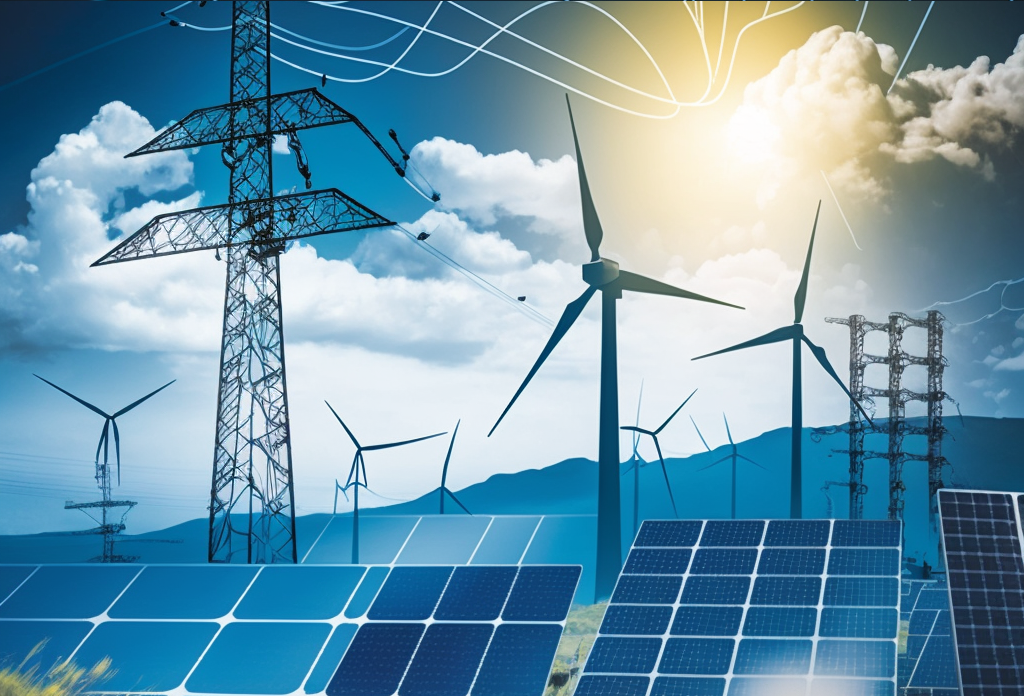The Evolution of Energy: Specialised Solutions for a Changing Climate
As the world grapples with the challenges of climate change, the need for innovative and specialised energy solutions has never been more pressing. The evolution of energy technologies has been driven by a growing awareness of the environmental impact of traditional fossil fuels, as well as the need to reduce greenhouse gas emissions and transition to a more sustainable energy future. From renewable energy sources to energy storage solutions, the energy landscape is rapidly changing to meet the demands of a shifting climate.
One of the most significant developments in the evolution of energy has been the rise of renewable energy sources. Solar and wind power have seen tremendous growth in recent years, as advancements in technology have made these sources of energy more efficient and cost-effective. Solar panels are now more affordable and accessible than ever, making it possible for homeowners and businesses to generate their own clean energy. Wind turbines have also become a common sight in many parts of the world, harnessing the power of the wind to generate electricity on a large scale. These renewable energy sources have the potential to significantly reduce our reliance on fossil fuels and lower our carbon footprint.
Another key aspect of the evolving energy landscape is the development of energy storage solutions. As renewable energy sources like solar and wind are intermittent by nature, energy storage is essential to ensure a reliable and stable energy supply. Batteries have emerged as a critical component of energy storage systems, allowing excess energy generated during peak times to be stored for use when demand is high. Advances in battery technology have led to the development of larger and more efficient batteries, making it possible to store energy on a grid-scale level. Energy storage solutions play a crucial role in balancing supply and demand, as well as providing backup power during times of peak demand or grid outages.
In addition to renewable energy sources and energy storage solutions, the evolution of energy has also seen a growing emphasis on energy efficiency. Improving energy efficiency is a cost-effective way to reduce energy consumption and lower greenhouse gas emissions. From energy-efficient appliances to smart home technologies, there are a variety of ways to make homes and businesses more energy-efficient. Energy management systems can help monitor and control energy usage, optimizing energy consumption and reducing waste. Energy-efficient building designs and retrofits can also make a significant impact, reducing the energy demands of buildings and lowering operating costs.
Furthermore, the evolution of energy is not limited to technological advancements alone. Policy and regulation play a crucial role in shaping the energy landscape and driving the transition to a more sustainable energy future. Governments around the world are implementing policies to promote renewable energy deployment, encourage energy efficiency improvements, and reduce greenhouse gas emissions. Incentives such as tax credits, grants, and rebates are being offered to support the adoption of clean energy technologies and practices. Regulations are also being put in place to limit carbon emissions, improve energy efficiency standards, and promote the use of renewable energy sources.
As the world continues to grapple with the impacts of climate change, the evolution of energy will be critical in shaping our response to this global challenge. Specialised solutions tailored to the changing climate will be key in ensuring a sustainable and resilient energy future. From renewable energy sources to energy storage solutions and energy efficiency improvements, the energy landscape is evolving to meet the demands of a carbon-constrained world. By embracing these specialised solutions and driving innovation in energy technologies, we can work towards a cleaner, greener, and more sustainable energy future for generations to come.
